Pythagoras and Fu Xi: Brothers from another Mother
Some of the concluding portions of Homo Mysticus that tie together deep metaphysical concepts from Pythagorean philosophy (as embedded in the tetractys) and the I Ching (Yi Jing), the Classic of Changes, from deep Chinese antiquity.
As we connect some final dots here, try and elucidate the fundamental nature of this truth of proportion, of number – our sacred Geometry – that rests at the heart of this study, the code we are trying to decrypt, let us revisit the Pythagorean Tetractys again.
We have Two from One, Three from Two and Four from Three effectively, we’ve already looked at it as a sort of cosmogony, a linear manifestation of Number in creation you might say, here we want to look at it as – the same Numbers – but as laws of proportion. Laws that are derived from harmonious sound.
Pythagoras is said to have discovered this by measuring the length of the string that you pluck to make a sound and taking note (pun intended) of the length of the string at various intervals to make a harmony, i.e. something that sounds intrinsically good and beautiful.
Sound, harmony, followed a basic order and structure as it turns out, and this structure is reflected in music theory, more or less laid down some 2500 years ago.
 Harmony and Ratio[1]
Harmony and Ratio[1]
The relationship between the tones, the notes of this harmony are based upon principles of proportion, proportion that is represented in the Pythagorean Tetractys. So the symbols represent an unfolding as it were, into being (from the One to the Four) as well as an enfolding of sorts in that the proportions themselves which are implied in the figure represent not just the idea of harmony but the underlying Mathematics behind it really.
We can see also this relationship as it relates to what are called harmonics, or the small notes, vibrations of sound really, that come along with the base note, the fundamental note, when it is played on a string instrument for example. These harmonics are produced in proportion to the fundamental note, reflecting in a sense the truth of the Tetractys.

Fundamental note and associated harmonics.[2]
The idea here, the discovery (or one of the discoveries) that is attributed to Pythagoras is the recognition of the numbers, the proportions, that constitute what you might call this universal harmony.
It also should be noted that these same proportions hold with respect to the wavelength of sound as well. That is to say that the proportions hold respect to the source of the sound, or vibration (in the Pythagorean example the string itself) and with the underlying wavelengths that underpin the sound that emanates from the vibrating object.

Wavelengths as a function of string sound.[3]
We must add to this discussion the notion of the octave, which as its name implies is based upon 8 intervals that together consist of the harmonious notes you might say that are in between one note and the note that is reflected in double the first note’s frequency or pitch, i.e. one octave higher.

Notes in the octave and their respective Frequencies (Hz)
The explanation of why sound is structured in this way, with these specific divisions is at best unclear and is considered by some to be a divine mystery. These are universal constants of sorts, as reflected in proportions of wavelengths that are ultimately soothing to the ear, that can be heard in a very real sense.
One of the best explanations I have seen as to why this is so, from a metaphysical and historical perspective, is below.
The basic elements of music are not arbitrary, but result from the nature of vibrating strings or columns of air. Musical tones are those that have a recognizable pitch, which means that the sound wave repeats a pattern rather than changing constantly. … If it repeats quickly we hear a high tone, if slowly we hear a low one.
In that complex sound that makes up a single musical tone there will actually be found a number of pitches combined. There will be a tone that corresponds to the main shape, one that is twice as fast, which is an octave higher, one that is three times as fast, which is a “fifth” above that, and so on.
… basically it means that the ear will hear a noticeable agreement between tones that are an octave apart, or a fifth apart, and to a lesser degree to notes that are a fourth or a major third apart, etc. Those are natural stopping places when finding new notes above a starting note, whether you’re using a vibrating string or air in a pipe.
Over time cultures throughout the world found these natural stopping places. And people could tell that pitches an octave apart seemed like the same thing but higher, so musical scales were formed by finding other notes between the octaves. Just about every musical culture discovered the fifth, like C to G, and that meant they knew the fourth (the same thing turned upside-down). The major third (like C to E) was another stopping place..
Depending on the type of music people were interested in, they either stopped at a simple scale like the major pentatonic (example: C,D,E,G,A) or they went on to fill in other notes [in the octave].
The tradition from which western music derives began with filling in the most obvious stopping places in one octave. And if you go by that process it’s easy to end up with seven, but no more. The next pitch is called the octave because it’s the eighth note (just as an octopus has eight legs).
More than a thousand years ago the letters of the Roman alphabet were adopted to refer to these, and since there were only seven the letters ran A, B, C, D, E, F, G. That gets to the octave, where we hear what sounds like the same thing again, so it makes sense to repeat (though some early writers did use more letters instead of repeating).[4]
A B C D E F G [A] is the octave, seven notes and then an eighth one octave higher is essentially the structure of harmony, the intellectual framework of which is encoded in the Pythagorean Tetractys.
Ultimately here though, given the relationship of sound (really harmonic sound) and wavelength (really pitch, or what it sounds like), we’re talking about the underlying Mathematics of not just music, but you might say vibration in general.
If we overlay this idea with what is understood about the basic fabric of the universe as described in Quantum Theory, where ultimately particles are waves and vice versa (aka wave-particle duality), we can start to see perhaps some very broad applications of such ideas. In other words, whether we recognize it or not everything – including us – is vibrating energy at its core. And as such, everything (again including us) emits certain vibrations (and energy at some level or another) and as such are subject to the same laws and principles regarding harmony essentially.
We know this instinctively as can be seen in the famed fingers on a chalkboard example. This sounds horrible to everyone, everywhere. This is like a universal constant of terrifyingly disturbing sounds. Its endemic to not just humans but all life as living and vibrating energetic creatures. In this sense it’s as close as you can get to a universal law of sorts.
Our understanding of waves in general is of course one of the great technological advancements of the last century, underpinning much of our advancements in wireless (and wired) networks for example, where information is encoded, and transmitted, via waves – and transmitted around the globe at the speed of light basically.
This can be done for both video and audio transmission of course, where these bits of information (light or sound based) can be discerned, pulled from a source environment using a device like a computer or a phone and then translated on the other side of the connection from around the world in a matter of milliseconds by another said device.
This information is of course stored, and transmitted, as 0s and 1s across the wire basically. Which given some thought is a pretty mystical place to be – we have this fundamental polarity found in all of the basic religious and mystical systems from antiquity basically. We find this in initial creation when Heaven and Earth are created, the firm and yielding (yīn and yáng) from the Far East, the Puruṣa and Prakṛiti from India.
The Yĭ Jing of course almost directly reflects this idea, and with its 64 hexagrams, reflects almost eerily the basic structure of information in Computer Science. How we get to 64 is essentially constructed using the same theories of harmonious scale that we see with Pythagoras except we extrapolate out (rather than in) to construct a system of metaphysics based upon the same principles of sound and harmony effectively.
From the Wújí, the primordial universe we beget the Tàijí, which begets the Yin and Yang, from which we yield Greater Yin, Lesser Yin, Greater Yang and Lesser Yang. From these four basic principles (Earth, Air, Water, Fire in the West, the base of Pythagoras’s Tetractys) we add one dash of either yīn or yáng and we get the bāguà, the sacred eight principles through which the entire universe can be understood. The metaphysical lens through which the ancient Chinese saw the world.
The entire universe unfolds from these principles, and as we learn in the Fu Xi and King Wen bāguà diagrams, the Earlier than Heaven and Later than Heaven Sequence Diagrams as they are called, these principles are constantly moving, shifting between each other, evolving to forming new states of being represented by different hexagram configurations in an endless retreat of what the ancient Chinese called the wànwù, or the ten thousand things. In the Yĭ Jing this unfolding is looked upon through the tripartite lens of Man, Heaven and Earth simultaneously, through the lines of the trigrams which come together to form the bāguà. This is Chinese philosophy at its core.

Bāguà Cosmogony in the Ten Wings (Yĭ Jing)[5]
Note (pun unintended but completely pertinent) that we are expanding the structure outward, mathematically of course, using the One, the Two, the Three and the Four – the four tiers of the of the Tetractys essentially but expanding them into metaphysical space. We’re deriving them in the Yĭ Jing in a way, as a reflection of universal order just as Pythagoras derived them from musical harmony.
The ancient Chinese, as reflected in perhaps their oldest extant work the Yĭ Jing, Fu Xi describes the world as a series of states that are reflected as various combinations of three basic metaphysical components, namely again Earth, Man, and Heaven. These were to be read, their relative position the hexagram that is constructed as part of the divination process, from the bottom of the trigram upwards (as reflected in the Earlier Heaven Sequence of Fu Xi), each represented twice in the double trigram structure and each of which come to form, in all of their possible variations, the 64 hexagrams in the Yĭ Jing.

“Perfect” notes in the harmonic scale.[6]
We see an inversion of sorts when we look at the Tetractys, which embeds the notion of the octave (2:1), the so-called perfect fifth (3:2) and the so-called perfect fourth (4:3). We have effectively encoded here the various states of harmony within an octave, states that ultimately yield seven notes, or add an eight to get to the next octave higher.
Metaphysically this relationship is expressed in the Yĭ Jing as well, almost mirroring its construction really, although it sticks with base 2 (2 squared is four, 2 to the third power is 8 and 2 to the fourth power is 64) and builds outward in a way; whereas the Tetractys reflects the same numerical fundamental relationships but looks inward in a way as proportion or ratio.
But at the same time the hexagram is viewed in two sets of 3 – reflecting the Chinese metaphysical understanding of the world again as Earth, Man and Heaven, a sacred triumvirate of sorts, each to be viewed in relation to each other and each of which come together to express a definite whole in terms of state of being ultimately. States of being that are expressed metaphysically in the bāguà arrangements (trigrams in sets of eight) as well in the basic hexagram construction (3×2) from which the Yĭ Jing is constructed effectively.
Note (again no pun intended here) that the hexagram is constructed from the bottom up (during divination when it is ‘divined’) following this basic structure from Earth to Heaven and back again in two cycles effectively, or two circles of sorts made up three distinct parts or elements (elemental attributes you might say) – the 2, the 3, the 4, the 8 and the 64 is what we are left with as contrasted with the 1, the 2, the 3 and the 4 (really 4:3, 3:2, and 2:1) on the Pythagorean side.
The inverse build, as opposed to contract, in the Pythagorean model would yield – 1:2, 2:3, 3:4 however which is what we see, as you might perhaps expect, reflected in Yĭ Jing metaphysics.
[1] Drawing by Chris Murtagh, from flick at https://www.flickr.com/photos/35364974@N05/.
[2] From https://www.earmaster.com/music-theory-online/ch03/chapter-3-3.html.
[3] From https://www.physicsclassroom.com/class/sound/Lesson-4/Fundamental-Frequency-and-Harmonics.
[4] https://www.ars-nova.com/Theory%20Q&A/Q104.html#:~:text=The%20next%20pitch%20is%20called,%2C%20E%2C%20F%2C%20G..
[5] Image from http://www.zeigua.com/iching/iching_trigrams.html.
[6] From https://soundtherapysantafe.com/blog/the-pythagorean-Tetractys.

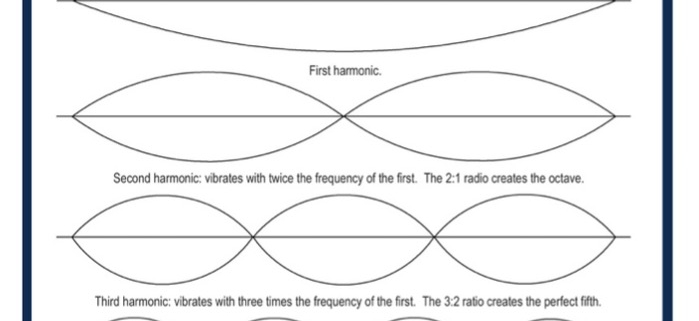
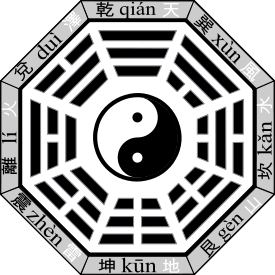
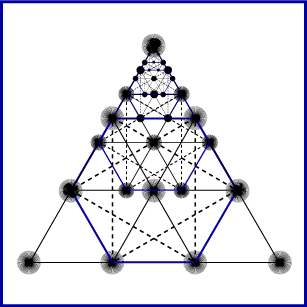
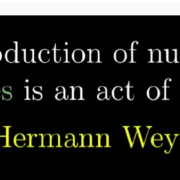
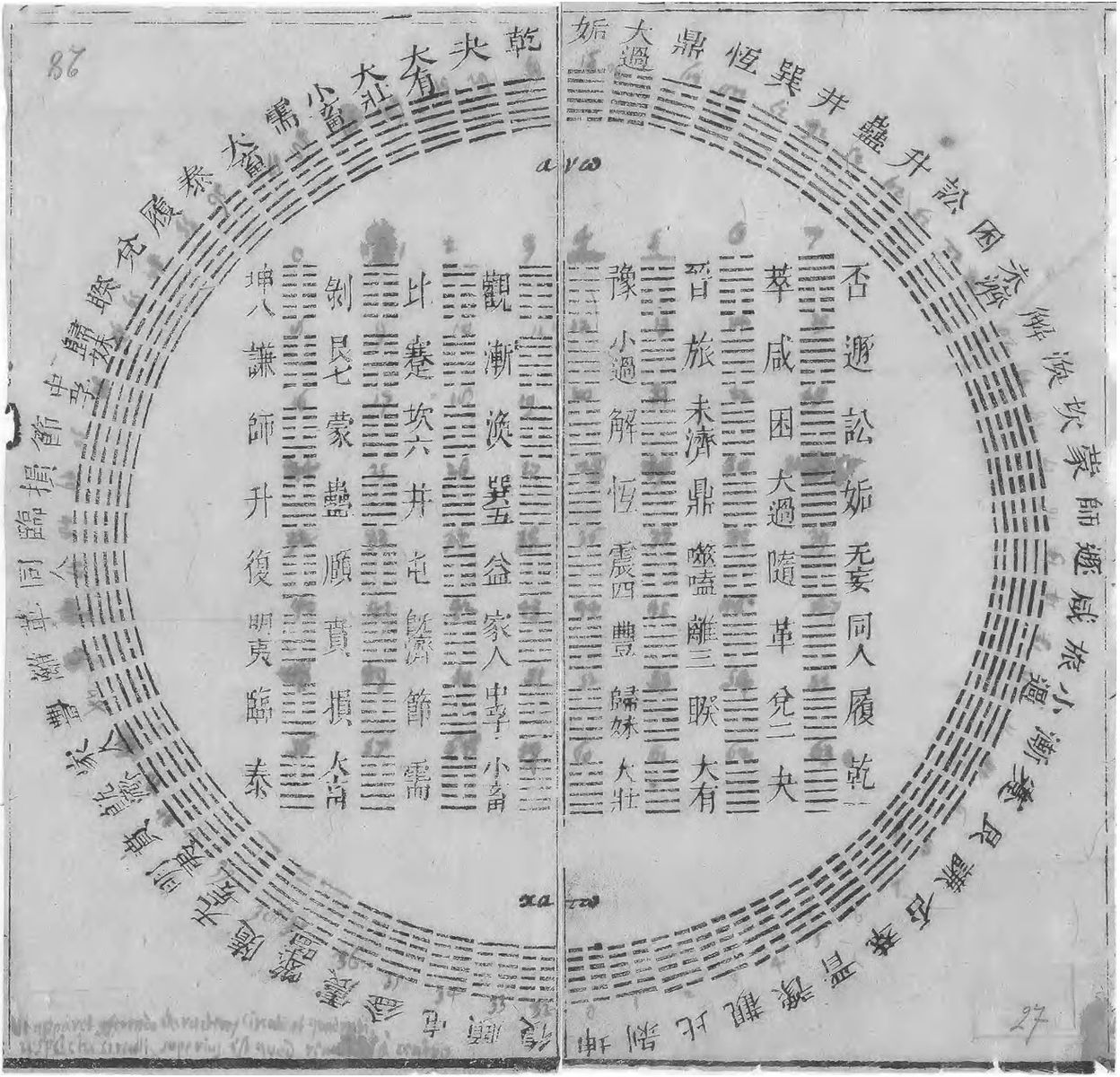
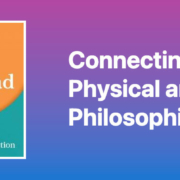

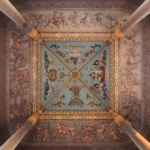

Leave a Reply
Want to join the discussion?Feel free to contribute!